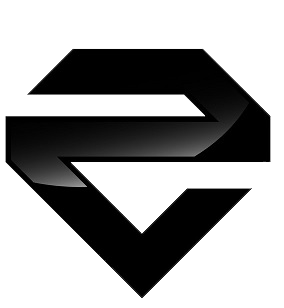A rotator cuff injury occurs when one or more of the four muscles and tendons that surround your shoulder joint become damaged.
A rotator cuff injury occurs when one or more of the four muscles and tendons that surround your shoulder joint become damaged.
Rotator cuff muscles
These muscles, which are called the supraspinatus, infraspinatus, teres minor, and subscapularis, help to keep your shoulder stable and move it smoothly.
Rotator cuff injuries are common, especially among people who play sports that involve overhead activities, such as baseball, swimming, tennis, and weightlifting. They can also be caused by overuse, repetitive motion, age-related wear and tear, and injuries to the shoulder joint.
Symptoms of a rotator cuff injury
The most common symptom of a rotator cuff injury is pain in the shoulder, especially when you lift your arm overhead or reach behind your back. You may also experience weakness in your shoulder and decreased range of motion.
Types of rotator cuff injuries
There are three main types of rotator cuff injuries:
- Tendonitis: This is inflammation of the tendons that make up the rotator cuff. It is the most common type of rotator cuff injury.
- Tendonosis: This is a more severe type of rotator cuff injury that involves degeneration of the tendons.
- Tear: This is the most serious type of rotator cuff injury and it occurs when one or more of the tendons tears from the bone.
Diagnosis of a rotator cuff injury
Your doctor will typically diagnose a rotator cuff injury by examining your shoulder and asking you about your symptoms. They may also order imaging tests, such as X-rays or MRI scans, to confirm the diagnosis and assess the extent of the injury.
Treatment of a rotator cuff injury
Treatment for a rotator cuff injury depends on the severity of the injury. For mild cases, rest, ice, and over-the-counter pain medication may be all that is needed.
For more severe cases, physical therapy may be recommended to strengthen the muscles around the shoulder and improve range of motion. There are a number of tests we can do within an assessment to ascertain what the injury is and to put forward a plan of action going forward to manage and rehabilitate the injury successfully. We generally like to use Massage or acupuncture coupled with stretching and strengthening exercises to treat this injury.
